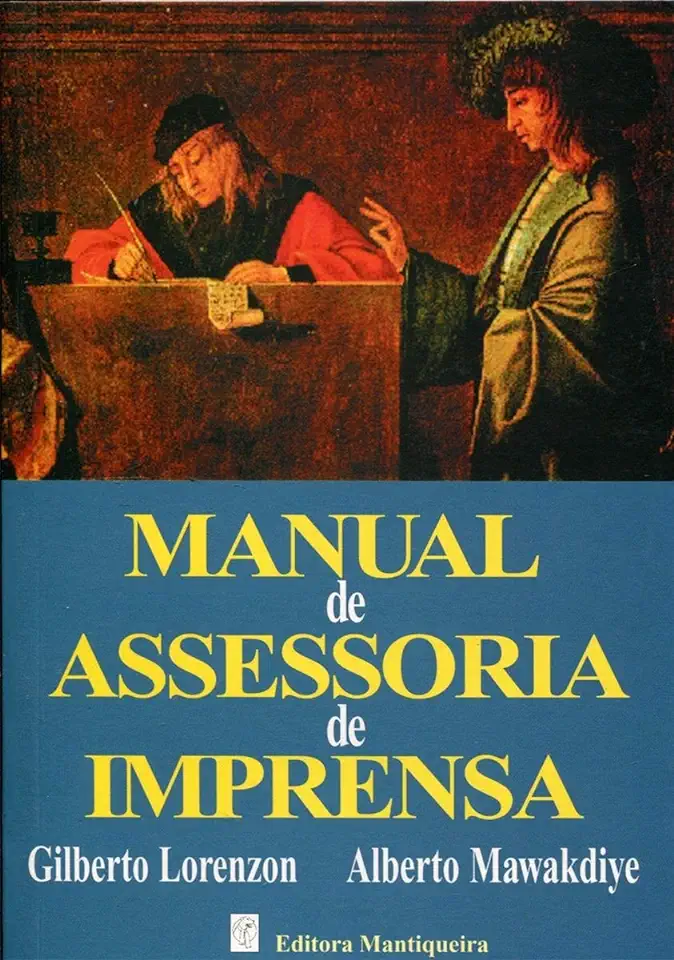
Press Advisory Handbook - Gilberto Lorenzon and Alberto Mawakdiye
Press Advisory Handbook: The Essential Guide to Media Relations
Introduction
In today's fast-paced media landscape, it's more important than ever for organizations to have a strong media relations strategy in place. A well-crafted press advisory can help you get your message out to the right people at the right time, and can make a significant difference in the success of your organization's communications efforts.
What is a Press Advisory?
A press advisory is a brief, one-page document that provides journalists with the essential information they need to know about an upcoming event, announcement, or other newsworthy event. It should be clear, concise, and attention-grabbing, and should include the following key elements:
- Headline: The headline should be short and to the point, and should accurately reflect the content of the advisory.
- Date and Time: Include the date and time of the event, as well as the location.
- Contact Information: Provide the name, title, phone number, and email address of the person to contact for more information.
- Body: The body of the advisory should provide a brief overview of the event, including who, what, when, where, and why. It should also include any relevant background information or context.
- Boilerplate: The boilerplate is a short paragraph that provides a brief overview of your organization. It should include your mission statement, history, and any other relevant information.
Why are Press Advisories Important?
Press advisories are an essential tool for media relations professionals because they:
- Generate media coverage: A well-written press advisory can help you attract the attention of journalists and get your message published in newspapers, magazines, and online.
- Build relationships with journalists: Press advisories can help you build relationships with journalists, which can be beneficial for future media relations efforts.
- Enhance your organization's credibility: A professional press advisory can help to enhance your organization's credibility and make it more likely that journalists will take your news seriously.
- Increase your visibility: Press advisories can help to increase your organization's visibility and reach a wider audience.
How to Write a Press Advisory
Writing a press advisory is a skill that can be learned with practice. Here are a few tips to help you get started:
- Start with a strong headline: The headline is the first thing journalists will see, so it's important to make it attention-grabbing and relevant.
- Keep it short and sweet: Press advisories should be no longer than one page, so it's important to keep the information concise and to the point.
- Use clear and concise language: Journalists are busy people, so they don't have time to read long, rambling press advisories. Use clear and concise language that is easy to understand.
- Proofread carefully: Before you send out your press advisory, proofread it carefully for any errors. A single typo can make your organization look unprofessional and can damage your credibility.
Conclusion
Press advisories are an essential tool for media relations professionals. By following the tips in this handbook, you can write press advisories that will help you get your message out to the right people at the right time, and can make a significant difference in the success of your organization's communications efforts.
Order Your Copy Today!
The Press Advisory Handbook is the essential guide to media relations. Order your copy today and start getting the media coverage you deserve!
Enjoyed the summary? Discover all the details and take your reading to the next level — [click here to view the book on Amazon!]